Description
- Fit: Medium to Large Lens 56mm x 57mm
- Clips on the top of Prescription Glasses
- Blue Light Suppressing giving extra clarity.
- 100% UV Protection
- High Impact Resistant Polycarbonate
- Clip on and Flip up Blue Blocker
- Shatterproof and scratch-resistant polycarbonate lenses
- Suitable for Outdoor, Sports
- Unisex
Whether you call them clip ons or flip ups, these clip on flip up blue blocker lenses are an extremely cost effective way for spectacle wearers to obtain instant protection from the sun. Practical, stylish and always ready to wear, perfect for people who want the benefits of complete sun protection whilst wearing their prescription glasses. They’re unisex, lightweight, compact and easy to clip on to your spectacles. The robust attachment mechanism makes them easy to flip up too.
What Is Blue Light?
Sunlight contains red, orange, yellow, green and blue light rays and many shades of each of these colors, depending on the energy and wavelength of the individual rays (also called electromagnetic radiation). Combined, this spectrum of colored light rays creates what we call “white light” or sunlight.
Without getting into complicated physics, there is an inverse relationship between the wavelength of light rays and the amount of energy they contain. Light rays that have relatively long wavelengths contain less energy, and those with short wavelengths have more energy.
Rays on the red end of the visible light spectrum have longer wavelengths and, therefore, less energy. Rays on the blue end of the spectrum have shorter wavelengths and more energy.
The electromagnetic rays just beyond the red end of the visible light spectrum are called infrared — they are warming, but invisible. (The “warming lamps” you see keeping food warm at your local eatery emit infrared radiation. But these lamps also emit visible red light so people know they are on! The same is true for other types of heat lamps.)
On the other end of the visible light spectrum, blue light rays with the shortest wavelengths (and highest energy) are sometimes called blue-violet or violet light. This is why the invisible electromagnetic rays just beyond the visible light spectrum are called ultraviolet (UV) radiation.
UV rays have higher energy than visible light rays, which makes them capable of producing changes in the skin that create a suntan. In fact, the bulbs in tanning booths emit a controlled amount of UV radiation specifically for this reason.
But too much exposure to UV causes a painful sunburn — and even worse, can lead to skin cancer. These rays also can cause sunburned eyes — a condition called photokeratitis or snow blindness.
But ultraviolet radiation, in moderation, also has beneficial effects, such as helping the body manufacture adequate amounts of vitamin D.
For more information on blue light click here

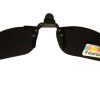
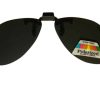
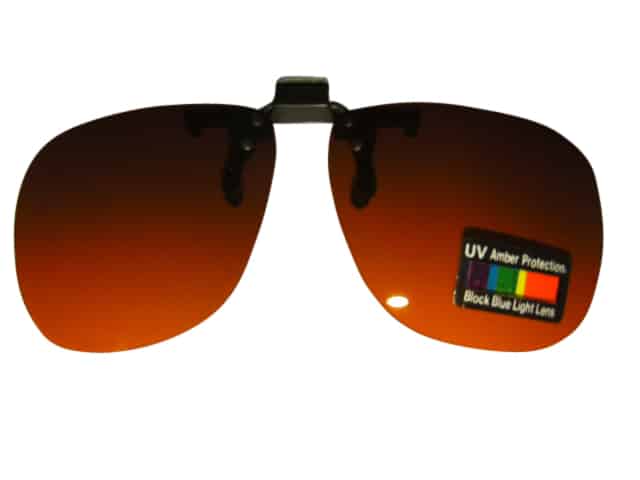
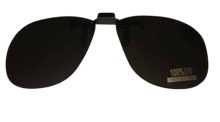
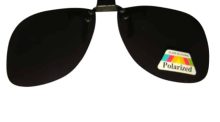
Reviews
There are no reviews yet!